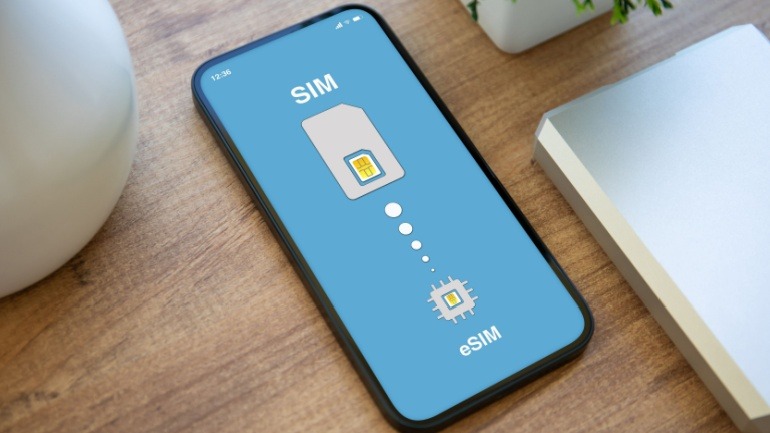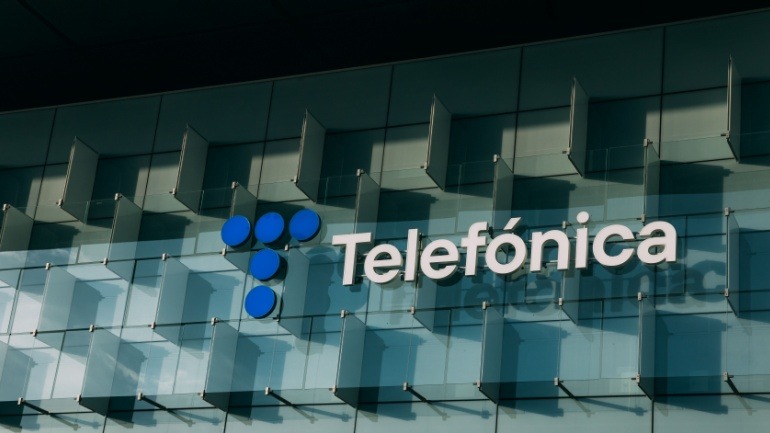Telenor IoT is embracing a cutting-edge approach by adopting the upcoming SGP.32 global eSIM standard from the GSMA. This move aims to reinforce their offerings and secure future deployments starting autumn 2025. By integrating this standard, Telenor IoT aims to offer businesses a more efficient, scalable solution to manage their IoT deployments amidst evolving demands.
The SGP.32 standard, crafted by the GSMA, caters to the complex requirements of modern IoT ecosystems. It introduces the capability for entirely remote SIM profile management using a centralized platform. This feature allows automatic updates and provisioning, helpful for devices without interfaces or those in hard-to-reach places, seen in industrial IoT, smart cities, and environmental monitoring.
SGP.32 stands out by allowing over-the-air SIM management and facilitating lightweight profiles. This reduces power consumption and enhances performance in battery-dependent devices. The logistical advantages are significant, as businesses can now deploy a single SKU globally, minimizing complexity and cost. Furthermore, network flexibility allows for seamless switching without physical SIM card replacement, offering greater agility. These enhancements aim to make operations faster and more cost-effective, simplifying management over the deployment lifecycle.
For Telenor IoT, embracing this standard underscores their strategic commitment to innovation. Mats Lundquist, CEO of Telenor Connexion and Head of Telenor IoT, stated, “Telenor IoT has always been quick to adopt new standards and was among the first operators to launch SGP.02, the first eSIM standard for IoT. By launching SGP.32 we’re enabling the move towards a world of seamless, secure, and standardised IoT connectivity, essential for long-term success in the IoT space.”
Incorporating SGP.32 will enhance Telenor IoT’s global managed connectivity services. Already offering multiple networks per country, the company allows for easy scaling and network optimization based on performance. The coming addition promises even more control. The remote SIM management features will integrate with their AI-driven platform, offering real-time analytics for managing complex IoT fleets.
Crucially, SGP.32 emphasizes full standardization, ensuring seamless interoperability among different manufacturers and service providers, thereby reducing vendor lock-in risks. As networks continue to evolve, this standard ensures long-term compatibility, especially in long-cycle IoT projects. Recognizing the need for adaptation time, Telenor IoT offers test agreements to help customers explore the SGP.32 standard’s practical benefits and requirements ahead of its late 2025 commercial launch. Lundquist emphasized the significance of this step, noting that it signifies a major shift in global connectivity’s evolution, promising simplified operations and reduced integration challenges for customers.







